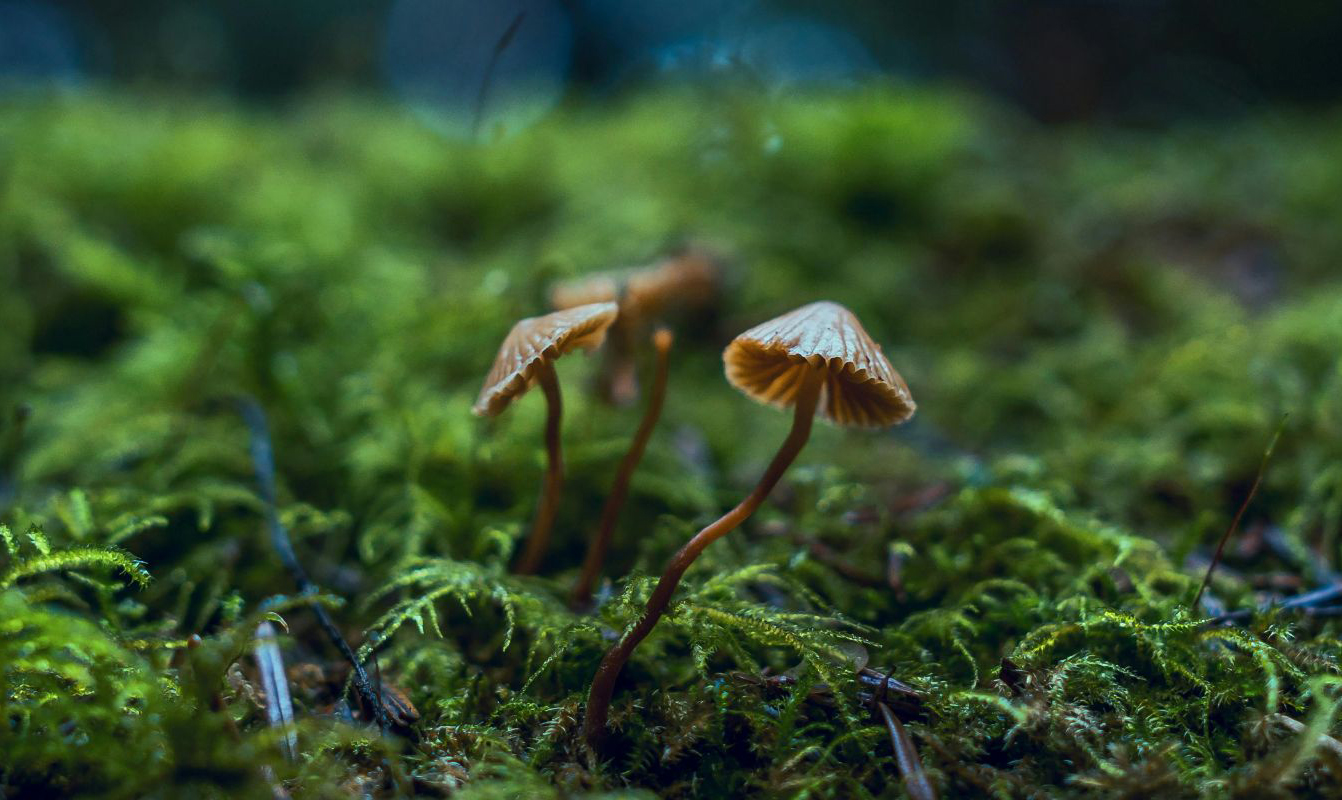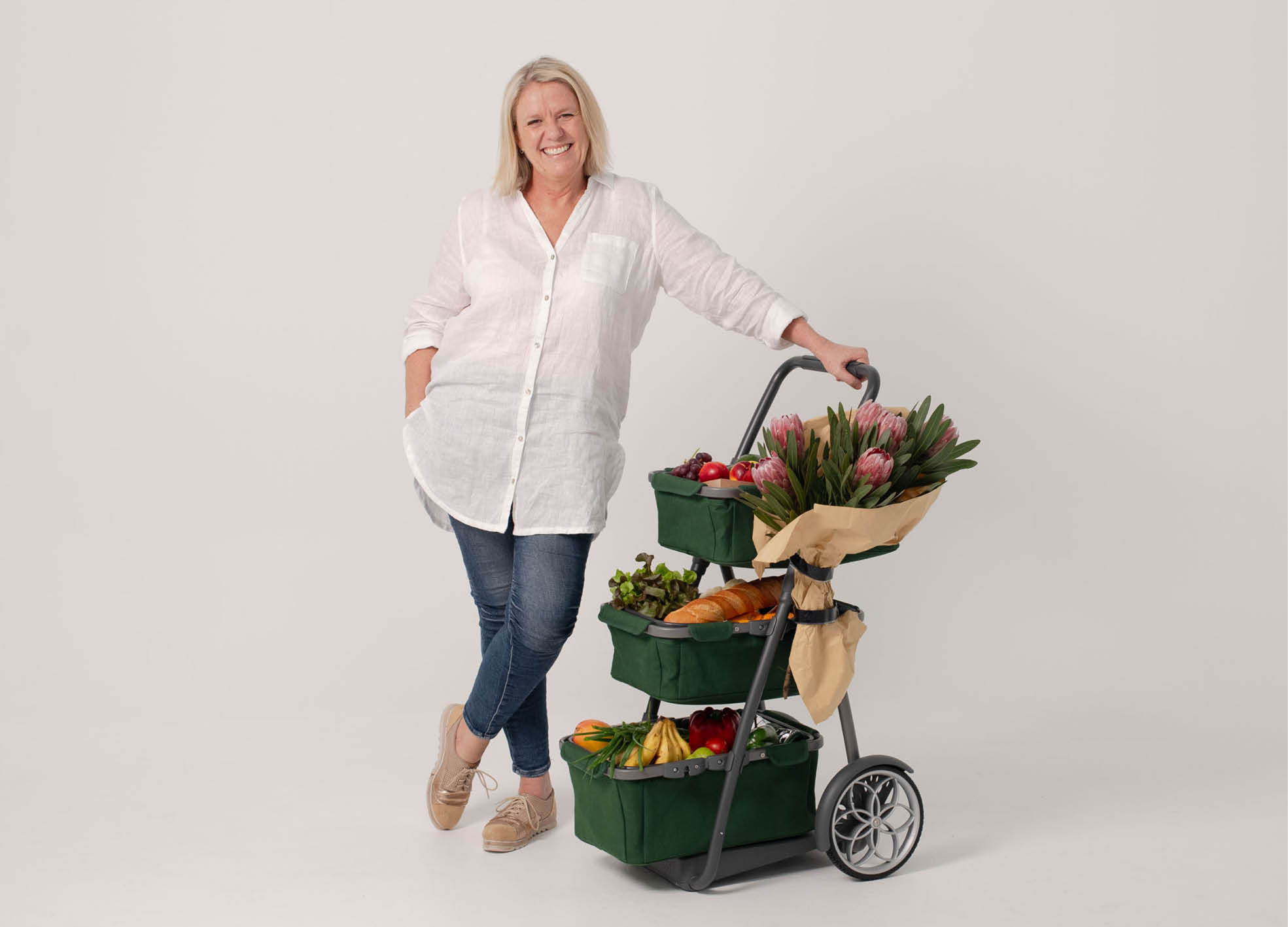Trash Talk – What’s Stopping You From Composting?
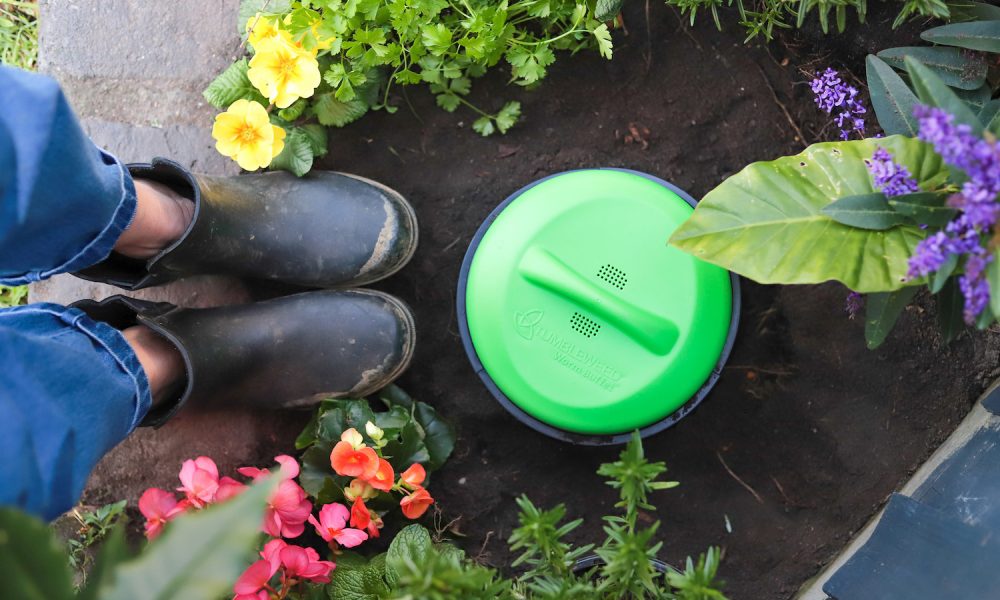
- Words by Peppermint
Is it a lack of space? The smell? Mess? Can’t get enough of store-bought fertiliser? The humble backyard pile might be one of our most vital tools in the fight against climate change but compost suffers a pretty bad rap. To help us dispel some of the common muck, myths and misconceptions, we turned to our friends and compost heroes at Tumbleweed so you can turn over a new pile and get up and composting sooner and more efficiently.
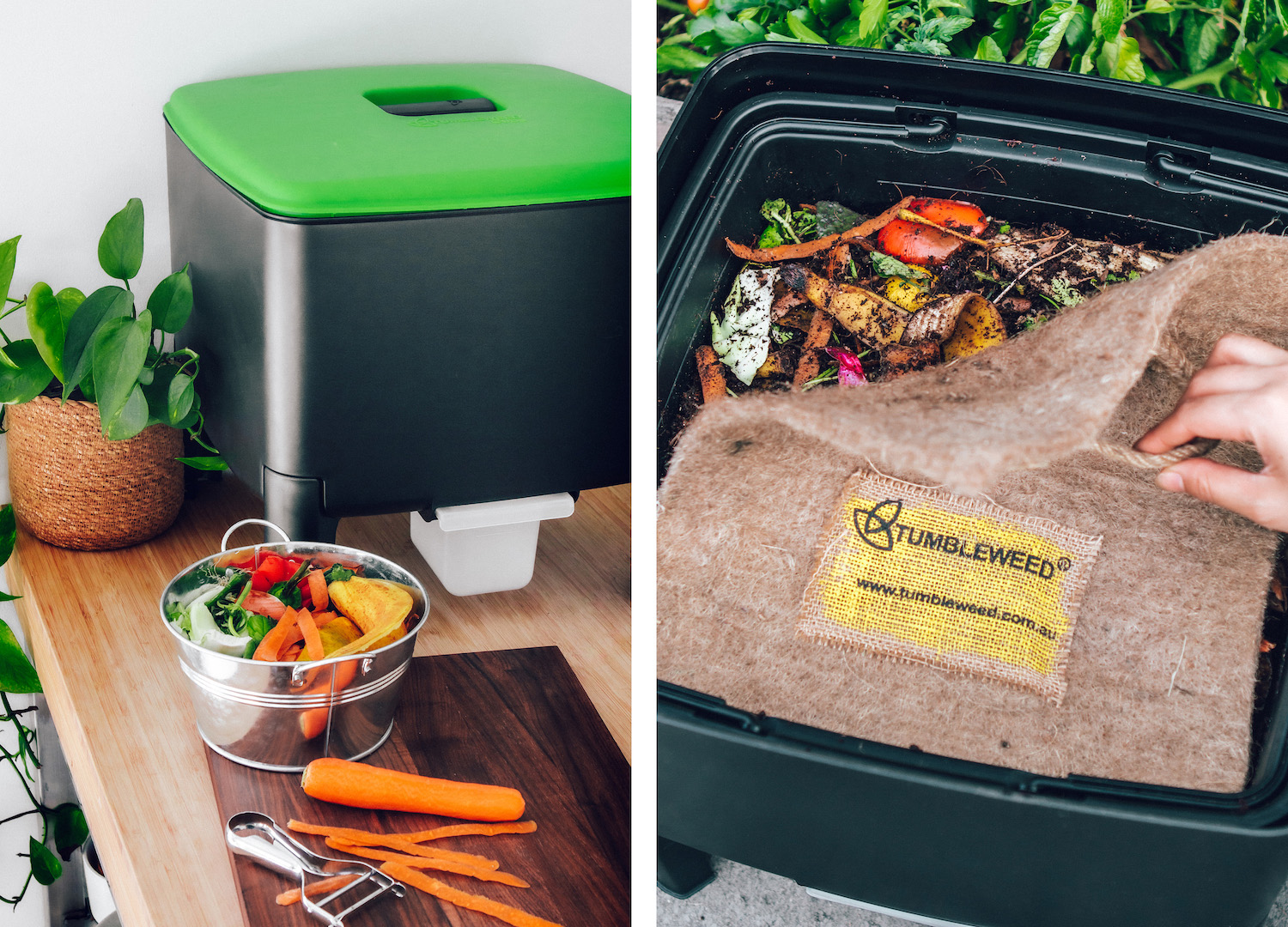
Tumbleweed, I’m in over my head! I’d love to start composting but it seems way too complicated. How do I know what I can put in my bin?
Let’s make it easy by starting with the recipe for composting success: 50/50 browns and greens. If you are adding a bucket of food scraps, it’s important to add a bucket of brown material to your compost bin. Some examples of brown materials include cardboard, shredded paper, newspaper, dried leaves and sticks. Some examples of green materials include fruit or veggie scraps, tea bags, coffee grounds and grass clippings. It’s also great practice to aerate your compost bin – by incorporating new and old material should help quicken the composting process and keep your compost bin oxygenated!
READ MORE: 10 Things I’ve Learned From 10 Years of Gardening in Rentals
My bin smells terrible! What am I doing wrong?
Your compost should smell quite earthy like a rainforest! If it’s not smelling earthy and instead has a bad smell, this means your compost bin is out of balance. The most likely issue is that the heap is too moist and not getting enough air. This is an easy fix – in this instance, add more brown materials, such as shredded paper or dried leaves, then aerate thoroughly to ensure the materials can soak up the excess moisture; this can be done using a compost aerator tool or pitchfork. Repeat this process every time you add new scraps as this burst of oxygen will stimulate aerobic microorganisms!
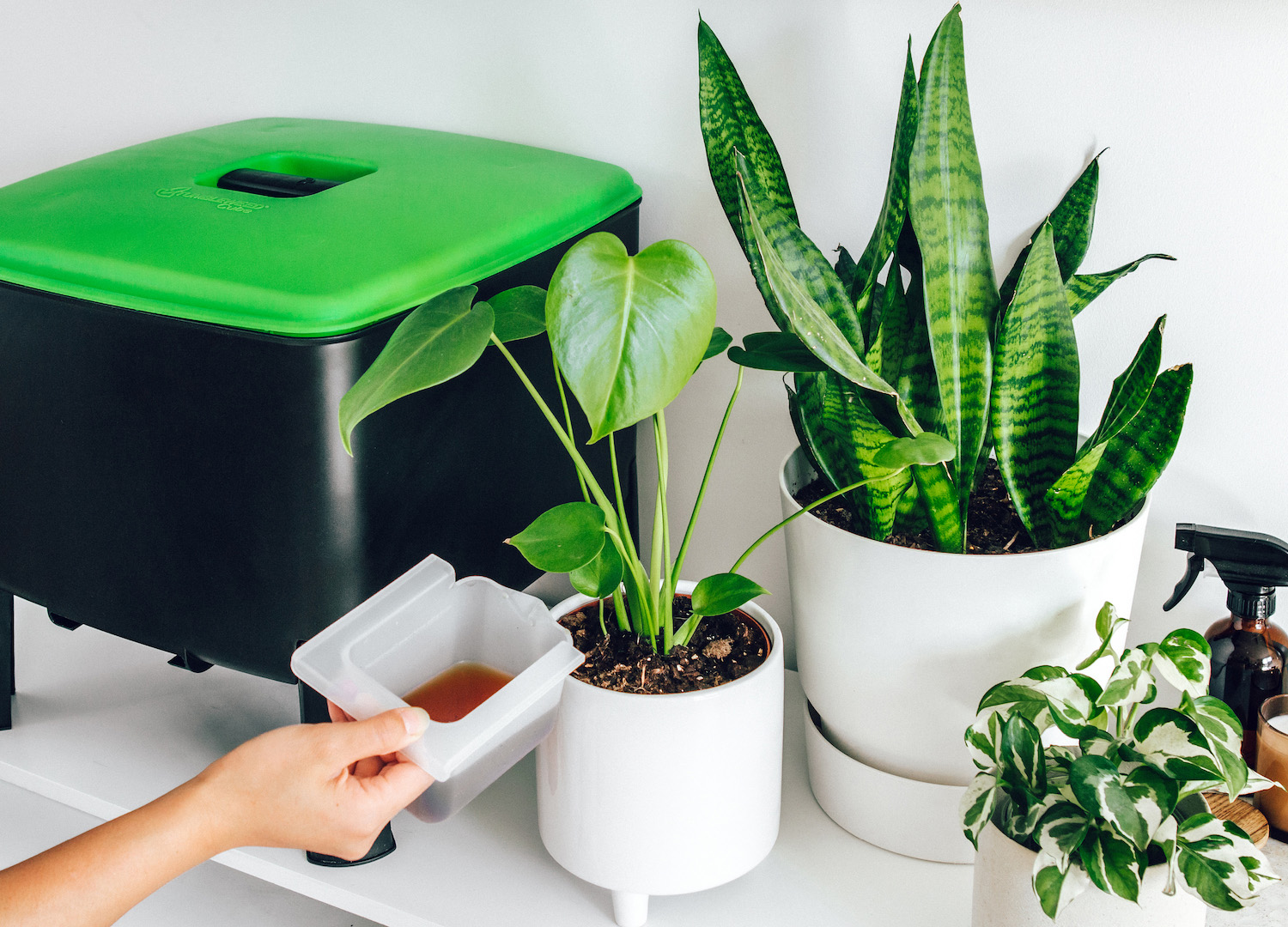
WANT MORE GARDENING TIPS? RIGHT THIS WAY!
I live in an apartment, am low on space and don’t have an outdoor area! Is composting for me?
There are plenty of ways to start composting, regardless of how much space you have. Here are two ways you can start:
ONE // Worm farming – the most common form of composting for indoors or small spaces.
Worms love cool, dark environments, so they will thrive indoors. The best way to maintain an indoor compost bin is for every handful of food scraps, add a handful of shredded paper and mix in well. This ensures the worm farm is constantly balanced and well aerated. We suggest choosing a well-ventilated area close to your kitchen so you can keep an eye on it for regular maintenance. A Tumbleweed Cube would be a great start to composting indoors, as it’s specifically designed to be used for smaller spaces, balconies and indoors. It also has a built-in worm tea bucket that collects valuable worm tea to water your indoor plants – they’ll love you for it!
TWO // The Bokashi method – a fermenting method that breaks down food to a pre-compost state.
All you need to do is grab a large, air-tight bucket, place your food scraps in, mash it all down, add an activator mix and wait for the magic to happen. Once your food has fermented, simply add it to a compost bin. If you don’t have your own, connect with someone who does via a neighbourhood composting program or seek out a community garden.
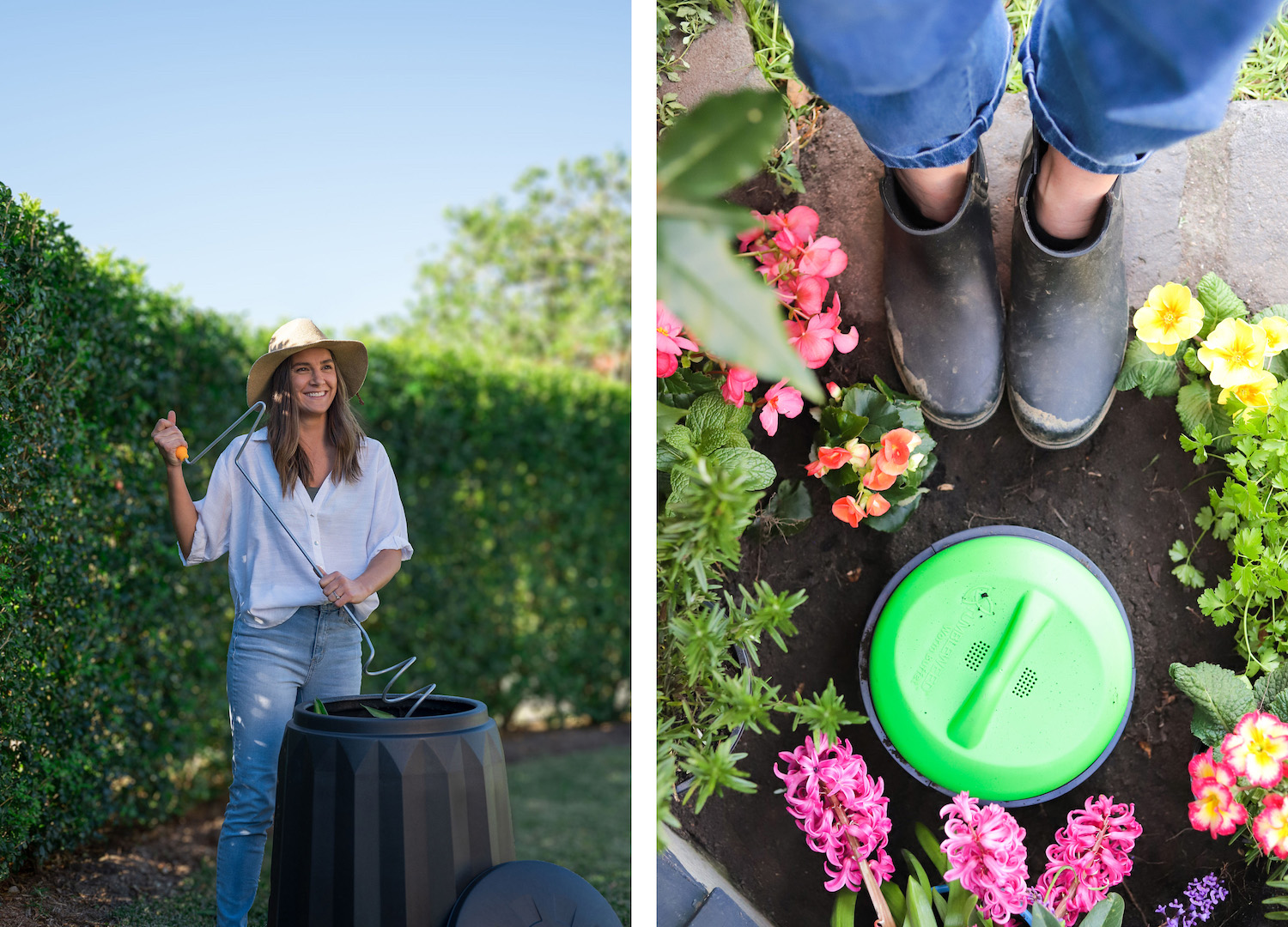
How time-intensive is composting? Doesn’t it take forever for it to decompose?
Different systems take different amounts of time: a fixed larger volume compost bin will produce finished compost in six to eight weeks, whereas smaller compost bins will produce finished compost in eight to 12 weeks. Worm farms work differently in the sense that you feed these continuously and produce finished castings ready to harvest in three to six months!
There are ways to make composting less time-consuming and easier for you. If you are routinely adding a balance of browns and greens and spending a few minutes aerating on a weekly or bi-weekly basis this is how you can make it less time-consuming and more part of your weekly recycling house routine. We also suggest placing your composting bins and worm bins close to your kitchen. That way, it’s easily accessible and you won’t have to worry about walking too far to deposit your scraps!
What are the benefits of using compost versus store-bought fertiliser in the garden?
By composting at home, you know exactly what you are putting in your compost bin. You know the materials are organic, and you keep the harmful stuff out. Not only that, but you are also reducing the waste produced by your household and keeping it out of landfills, which is beneficial for the environment! Homemade compost is a closed-loop and sustainable system for your home!
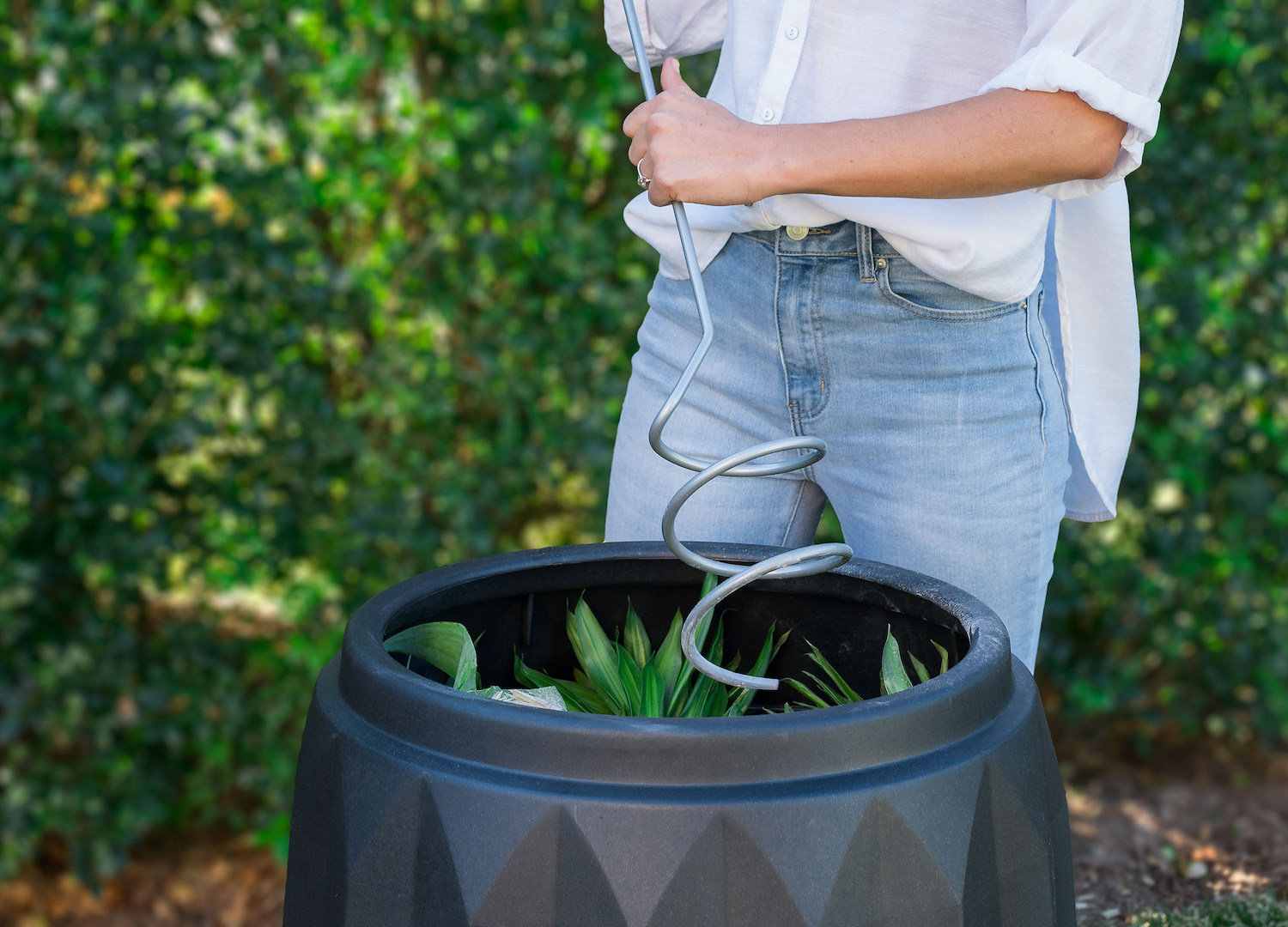
Tumbleweed’s Top Five Tips For Successful Composting
ONE // When prepping meals, keep a kitchen caddy on the counter so you can easily collect food scraps for composting.
TWO // Empty scraps every four to five days.
THREE // Add a balance of brown and green material.
FOUR // Aerate your worm farm or compost bin, combining new and old material each time.
FIVE // Tumbling compost bins are great for regular aeration, a simple spin is all that is needed to do this. They are also great if you have a back patio.
This article was created in partnership with our good friends at Tumbleweed – purveyors of all things composting! Their range of worm farms and compost bins are manufactured in Australia and made from Australian-sourced recycled plastic.
JOIN OUR MAILING LIST
Brighten up your inbox with our not-too-frequent emails featuring Peppermint-related news, events, competitions and more!
explore
More articles
Look, I don’t want to make anyone panic but IT’S DECEMBER!!! If you’re planning to give homemade gifts, you’re going to have to act fast. I’m a big believer that a DIY gift is the best gift of all, because…
Listen, we need to talk about December. Somewhere between the first appearance of gazillions of Mariah Carey memes prepping us for the imminent arrival of…
When you hang a painting on a wall, the story stays put. But when you wear a beautifully made garment that may as well be…
We all do it: fire up the car for a 5-minute drive to pick up groceries, drop off sewing supplies, or run a quick errand…
Hang out with us on Instagram
Sunday serving suggestion ☀️
Gorgeous photos from @JolieFemmeStore - who make sweet garments from vintage bedsheets.
#PeppermintMagazine #SlowSunday #SwitchOff #Unplug #ReadAMagazine

A toast to the old you 🥂
We wholeheartedly love this post from the brilliant @EmilyOnLife:
“2026: Reinvent, burn it down, let it go (whatever it is). Year of the Snake it up. Exercise your boundaries, exercise your body, take one teeny step every day towards a life that feels better to be in.
But don’t you dare shit on your old self while you do it.
Hold yourself with reverence and tenderness and respect, because you got you this far. You did your very best with the information and tools you had at the time. You scraped yourself together, you made it work, you survived what felt impossible to survive: again and again and again.
You are perpetually in the process of becoming, whether you can feel it or not, whether or not you add it to your 2026 to-do list.“

Some very wise words from @Damon.Gameau to take us into 2026 🙌🏼

⭐️ We made it!!! ⭐️
Happy New Year, friends. To those who smashed their goals and achieved their dreams, and to those who are crawling over the finish line hoping to never speak of this year again (and everyone else in between): we made it. However you got here is enough. Be proud.
It’s been a tough year for many of us in small business, so here’s to a better year in 2026. We’re forever grateful for all your support and are jumping for joy to still be here bringing you creativity, kindness and community.
We’re also excited to be leaping into the NY with our special release sewing pattern – the Waratah Wrap Dress!
How great are our fabulous models: @Melt.Stitches, @KatieMakesADress and @Tricky.Pockets - and also our incredible Sewing Manager @Laura_The_Maker! 🙌🏼
Ok 2026: let’s do this. 💪🏼
#PeppermintWaratahWrapDress #PeppermintPatterns #SewingPattern #MeMade #WrapDress #WrapDressPattern

Putting together our annual Stitch Up brings on all the feels! We feel humbled that you’ve chosen to sew Peppermint patterns, we feel inspired by the versions you’ve created and we feel proud of you.
Where to begin?! As always, there has been a plethora of Peppermint patterns flooding our feeds this year, and we wish we could showcase more than just a handful of magnificent makes from you, our clever community. We encourage you to flip through the me-made items in your wardrobe or scroll through your grid and remind yourself of the beauty you’ve created with your own two hands (and maybe a seam ripper and some choice words). Congratulations to all of us for our creative achievements this year!
We’ve put together some (but absolutely not all) of our favourites from 2025 over on our website. We hope it inspires your next make!
🪡 Link in bio 🪡
Pictured: @FrocksAndFrouFrou @MazzlesMakes @KatieMakesADress @_Marueli_ @IUsedToBeACurtain @Nanalevine.Couture @PiperInFullColour @MadeByMeJessieB @SarahMalkawi @Made.By.Little.Mama
#PeppermintPatterns #SewingPatterns #MeMade #MeMadeEveryday

“The ocean is a great equaliser. It doesn’t matter your age, size, background or circumstances – when you’re in the water, you’re stripped back to your essence. I’ve watched women who were terrified of the ocean walk in tentatively, then emerge with tears of joy and new-found confidence.”
For Perth photographer Amanda Battle, the deep blue has brought sisterhood and second chances. Growing up in Shoalwater Marine Park, the ocean was both her playground and sanctuary, and a balm for body and soul during challenging times. Born from her own healing journey, Amanda’s @WomenOfWaterProject, book and documentary showcases a community of women who found belonging and connection in shared experiences in the ocean.
“Every single woman arrived with her own story – grief, trauma, joy, resilience – and every single woman showed up exactly as they were in that moment. Photographing over 100 women in the ocean for the Women of Water book has been the most humbling privilege of my life.”
Discover Amanda’s work and story in ‘Saltwater salve’ in issue 64, at newsagents and stockists now!
#PeppermintMagazine #WomenOfWater #OceanTherapy #DeepBlue #OceanPhotography













